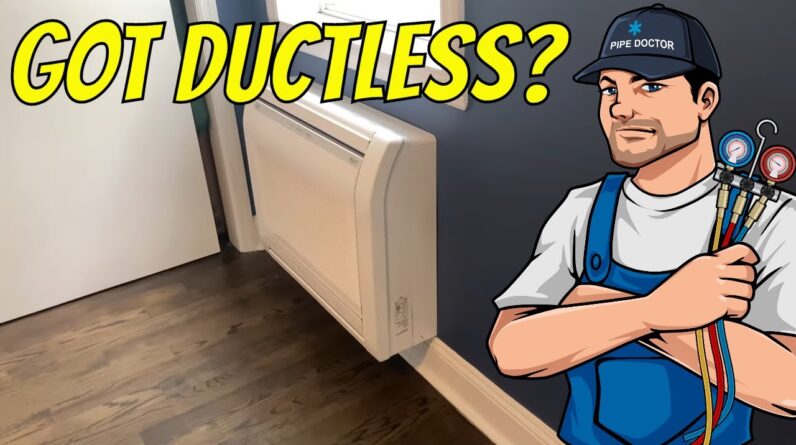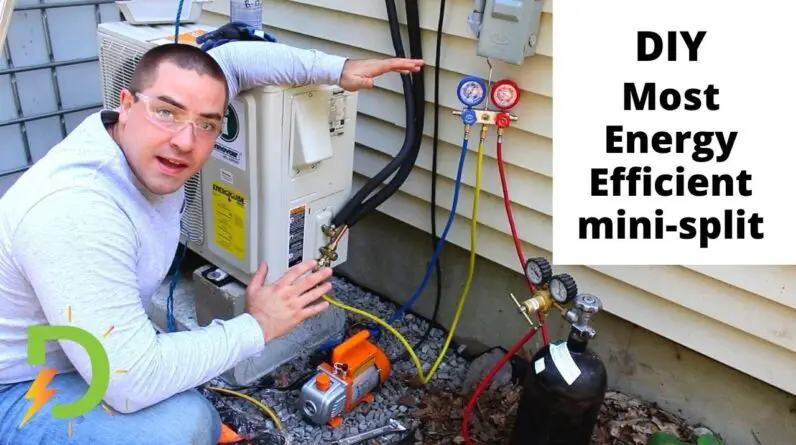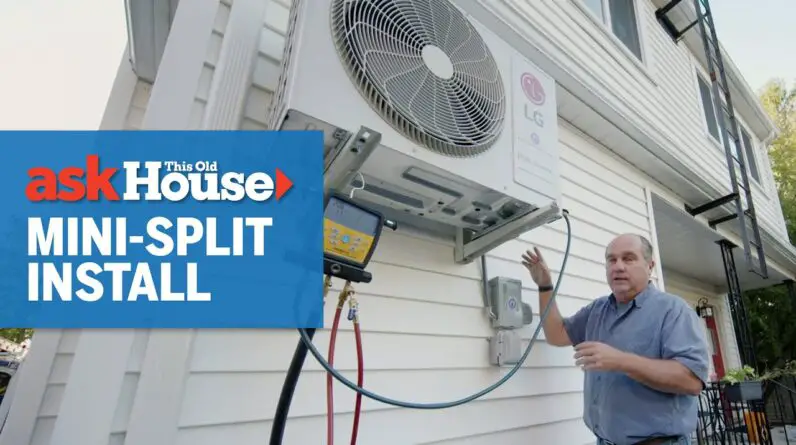Understanding The Performance Of A Mini Split In Winter
A mini split system has become the preferred heating and cooling choice due to its efficiency, especially during extreme weather conditions. For instance, during the winter season, a mini split system should perform optimally regardless of the external temperatures. This article evaluates the performance of a mini split system in a garage during winter.
Setting Up The Mini Split
To understand the mini split’s performance better, the system was set up in a garage set to a constant 66 degrees Fahrenheit. This test aimed to see how the system would respond from a cold start, considering that the early morning temperature had dipped to a frigid 14 degrees Fahrenheit. The outdoor compressor presumably had a temperature close to this.
The morning the mini split was switched back on, the temperature was around 20 degrees Fahrenheit, but it was forecasted to slowly rise due to sunny conditions. Upon activation, the mini split was slowly ramping up its power draw, characteristic of inverter drive mini splits, to avoid a significant surge on the system.
Monitoring The Performance
Observing from the outside, the fan was on high speed but did not cause undesirable noise. Back inside the garage, the mini split was registering close to 7 amps in power draw, considerably higher than typical recordings.
However, the mini split system is most efficient when kept at a constant temperature across the season. In this case, the test involved a cold start; hence the power draw could have been unusually high due to the low start-up temperature.
Temperature Maintenance
A couple of hours after start-up, the unit had warmed the garage back to the usual 66 degrees Fahrenheit. Further power draw checks revealed that, after an initial spike, the amperage dropped to 3.4 approximately 45 minutes after start-up. This was an indication that the garage had reached the set 66 degrees Fahrenheit temperature.
Power Consumption Checks
To understand the system’s power consumption, a meter was set up to monitor usage from the mini split system over 24 hours from the start-up point. During this period, the external temperature varied between 26 and 35 degrees Fahrenheit, with 26 degrees being the recorded nighttime low.
Consistent Performance and Power Usage Conclusion
After the stipulated 24 hours of running the mini split system, the meter recorded a usage of 6.26 kilowatt-hours. This consumption indicated that the mini split system managed to maintain the garage’s internal temperature at 66 degrees Fahrenheit over the period. Regardless of the initial high spike in power draw, the system demonstrated efficiency after stabilizing its operations, only requiring a little over 6-kilowatt hours to maintain the set temperature.
Final Observations and Verdict
Conclusively, despite the adverse weather conditions during winter, the mini split system is an efficient choice for maintaining predefined temperatures within closed spaces such as garages. It may have a higher power draw during initial start-up, especially when starting from a lower temperature, but its operation stabilizes over time. Further, the mini split system overcomes the challenge of loud noise associated with high fan speed, displaying minimal noise disturbance during its operation.
For those interested in an efficient and durable heating and cooling system that can handle fluctuating temperatures, the mini split system is the answer. Its superiority in maintaining constant temperatures, minimal noise emission, and reasonable power consumption rates make it a valuable addition to residential and commercial spaces alike.






